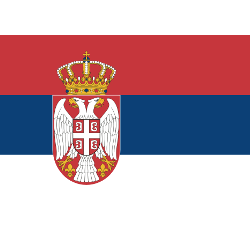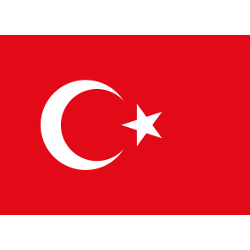
Dota 2: BLAST Slam III
Contents
Recomended bookmakers
Where and When Will the Dota 2: BLAST Slam III Be Held?
Following the success of their initial two Dota 2 ventures, BLAST will return for the Dota 2 BLAST Slam III in May 2025, specifically from May 5 to May 11. We don’t currently have many details accessible for this offline event, so we’re expecting that it will be a while before we receive any team announcements.
Although the venue is yet unknown and the organizers are currently holding their cards close to the chest, it wouldn’t be shocking to learn that it will be held at Copenhagen’s BLAST Studios.
If there’s something we know, it’s that 10 teams will take part in the Dota 2: BLAST Slam III and that the prize pool will be US$1,000,000 (US$800,000 is awarded as prize money while US$200,000 is awarded as team earnings). This is a kind of innovative and more sustainable distribution of the prize fund. Teams will receive team earnings in accordance with how well they perform during the Slam tournaments. Instead of the tournament being entirely centered on the prize pool, this strategy will guarantee that additional investments are made in teams across the split.
The distribution is as follows:
- 1st: US$300,000 (team earnings: US$100,000)
- 2nd: US$150,000 (team earnings: US$50,000)
- 3rd-4th: US$60,000 (team earnings: US$20,000)
- 5th-6th: US$35,000 (team earnings: US$15,000)
- 7th-8th: US$30,000 (team earnings: US$10,000)
- 9th-10th: US$25,000 (team earnings: US$5,000)
Which Teams Will Take Part in the Dota 2: BLAST Slam III?
The names of the teams that have been invited are still unknown. Actually, BLAST will send invitations to all 10 teams. We’ll have to wait for the complete announcement, as clearly there are no qualifiers for the Dota 2: BLAST Slam III. The format of BLAST tournaments is definitely different from what we’re accustomed to in the competitive Dota 2 realm, which adds to the excitement.


















Features of the Dota 2: BLAST Slam III
Ten teams will compete in the tournament’s Group Stage, which will be divided into two groups of five. Every game they play will be a simple Bo1 round-robin style.
The second stage is the Playoffs, where all teams will advance and compete in a single-elimination tournament using a King of the Hill seeding system:
- Teams in first place advance to the Semifinals.
- Teams in second place advance to the Quarterfinals.
- Teams in third place advance to Round 2.
- The clubs ranked fourth and fifth are seeded for Round 1.
Except for the Grand Final, which will be a Bo5, every match will be a Bo3.
King of the Hill, a feature of the competition, creates an exciting and chaotic atmosphere for both teams and spectators. Because of its potential volatility, this style isn’t really used anywhere else in professional Dota, so BLAST is bringing something different to the table that we haven’t really seen before.
Who’ll Win the Dota 2: BLAST Slam III?
It’s safe to assume that teams like the Falcons, Spirit, Liquid, and others will be on the docket, even though we don’t yet have confirmation of which teams have been invited. These teams we mentioned will be the front-runners to win the championship.
The majority of online bookmakers, such as those for Zimpler eSports betting, will provide odds on both the overall winner and each individual match when Dota 2: BLAST Slam III betting opens in the days preceding the competition.
A new viewership record was reached for the BLAST Slam series after the second event proved to be more popular than Slam I. While BLAST Slam II’s overall airtime was less than that of the series’ initial tournament, the number of hours watched increased by 11.8%. It’s anticipated that the third edition will set the standard even higher.
BLAST’s channels on Twitch, YouTube, and Kick, as well as the BLAST website, are places to watch streams of tournaments organized by them, including BLAST Slam events.
Pros and Cons of the Current State of the Dota 2 eSports Scene
| PROS | CONS |
| It has a history, heritage, devotion, and excitement that very few games can match. | The lack of financial sustainability for those who turn pro. |
| High-stakes tournaments that allow players to win money that might change their lives. | The fluctuating nature of sponsorships is leading to a decline in support for Dota 2 compared to other eSports tournament circuits. |
| Roaring live crowds. | Local tournaments aren’t significant enough within the Dota 2 ecosystem. |






